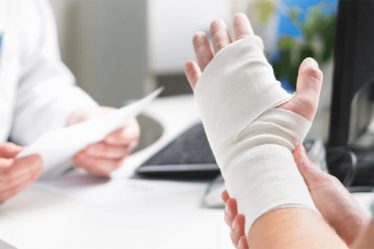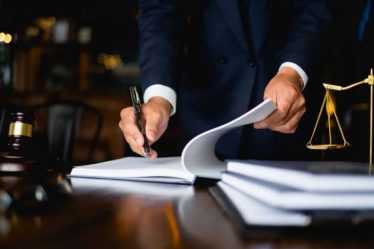
Advancements in technology introduced more automation in vehicles, including the emergence of driverless cars. Over the years, there has been an increase in people investing in these cars, resulting in increased attention being placed on liability issues. Currently, there are several automotive manufacturers who already either have models in circulation or models that are about to begin production—including autonomous technologies in their vehicles. However, this is before any of these technologies can be classified as safe across all categories.3
Each month, we hear more cases of autonomous vehicles being involved in accidents.
Like most other technological advancements in the automotive industry, self-driving cars will affect the way we look and deal with personal injury liabilities. Since autonomous technology is still relatively new, many lawmakers are still trying to address all the questions surrounding any possible legal issues that could arise from the global use of autonomous vehicles.
Although there are several legal problems related to driverless cars, a few issues stand out. For instance, trying to determine liability in an accident involving a driverless car can often be tricky. We will also start seeing more cases where liability is being assigned to car manufacturers, including those involved in creating the software and algorithms used.
While many manufacturers are finding ways to legally protect themselves—like explicitly advising people that their autonomous vehicles are not designed to replace the driver’s attention—these statements don’t fully release the manufacturer from liability. This is especially since the whole purpose of autonomous technology is to make driving more comfortable by replacing the driver with AI technologies.
Recently Elon Musk, CEO of Tesla, received criticism for posting a video of himself carelessly driving a Tesla while obviously distracted from the road.
In fact, many videos have surfaced showing other Tesla drivers not paying attention while driving. In some cases, they can be seen doing their makeup, reading the newspaper, and otherwise doing things that distract them from paying full attention to the road.
When looking at autonomous cars globally, German lawmakers have decided to ban Tesla from advertising their vehicles using the term “autopilot.” They argue that this idea may result in drivers relying more on autonomous technology in the car than their own skill. The fear is that with more drivers depending on autopilot, there will be an increase in severe accidents. Yet, the argument remains whether user error should still be to blame for accidents involving self-driving cars. Elon Musk has responded to criticism stating, “if something goes wrong with Autopilot, it’s because someone is misusing it and using it directly contrary to how we’ve said it should be used.”
While Elon has a point, user error continues to be the primary reason for many accidents involving driverless cars.
Also, anytime there is an accident involving an autonomous vehicle, it’s usually the result of a driver failing to follow the warnings listed for the car. When this happens, the driver of the other vehicle will be looking for compensation following the crash. In many cases, the autonomous driving vehicle driver will try to argue that they did not breach any duties of care because they were following the guidelines outlined and advertised by the automotive manufacturer. The courts will soon have to handle an increase in driver liability issues regarding accidents involving driverless cars.
With Tesla maintaining proprietary ownership over their autonomous technology, other car manufacturers such as GM and Ford are following suit by taking proactive steps towards creating their own autonomous driving technologies. However, until then, most self-driving cars will be equipped with another company’s software. As a result, governors in states like Washington, Arizona, Delaware, Illinois, and Hawaii have established executive orders demanding further regulations on driverless cars.
As autonomous vehicles continue to become part of everyday life, some experts predict that we may start seeing a decline in accidents over time. Of course, this won’t happen any time soon, and many of the initial kinks will need to be ironed out relating to drivers and driverless cars sharing the roads.
Until then, who pays for damages following an accident involving an autonomous vehicle?
These innovative cars make some cases easier to solve than others. However, claims that are more complex and affect legal precedent make it harder for victims and personal injury lawyers to deal with accidents in this unfamiliar territory.
In the end, state lawmakers and personal injury lawyers will need to deal with the rise in autonomous vehicle accidents. Similarly, courts across the country will need to resolve many of these cases involving the increased emergence of autonomous driving technologies, whether through interpreting the laws themselves or establishing specific criteria for handling these cases. However, some cases can take years to move through the legal system. One thing is certain: cases involving driverless cars present a unique opportunity for courts and personal injury lawyers to learn more about the impact autonomous technology can have on our lives.



